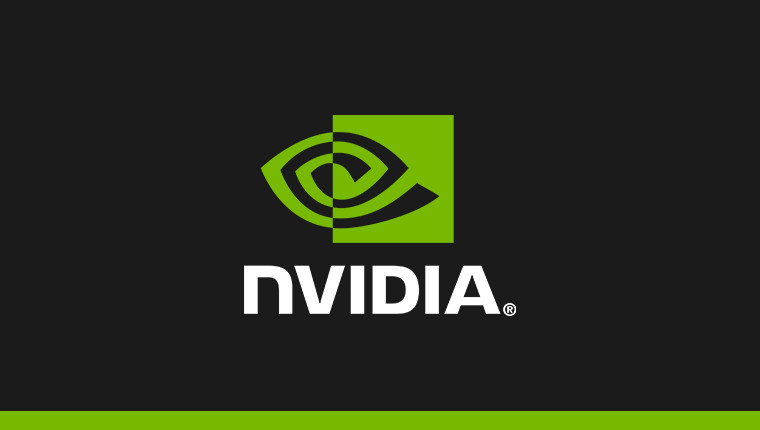- Joined
- Jun 29, 2023
- Messages
- 631 (0.94/day)
| System Name | Gungnir |
|---|---|
| Processor | Ryzen 5 7600X |
| Motherboard | ASUS TUF B650M-PLUS WIFI |
| Cooling | Thermalright Peerless Assasin 120 SE Black |
| Memory | 2x16GB DDR5 CL36 5600MHz |
| Video Card(s) | XFX RX 6800XT Merc 319 |
| Storage | 1TB WD SN770 | 2TB WD Blue SATA III SSD |
| Display(s) | 1440p 165Hz VA |
| Case | Lian Li Lancool 215 |
| Audio Device(s) | Beyerdynamic DT 770 PRO 80Ohm |
| Power Supply | EVGA SuperNOVA 750W 80 Plus Gold |
| Mouse | Logitech G Pro Wireless |
| Keyboard | Keychron V6 |
| VR HMD | The bane of my existence (Oculus Quest 2) |
The doctor Is still wondering how the hell I managed to sustain such injuries without getting out of my house, when I first went to there he tried looking up recent car crashes, but found nothing. Other than that handling myself well, thankfully the doctor was understanding, maybe I wasn't the first one with an AMD gpu to go, but no one uses AMD, so it's hard to say.Since Nvidia card owners and those who have never owned a Radeon card say that AMD drivers explode your PC upon install, how many of you Radeon owners are experiencing lacerations and other trauma from the flying shrapnel?
In all seriousness, I look forward to installing these drivers on my Radeon 7900XT and as always for the last five years having no driver problems whatsoever.












